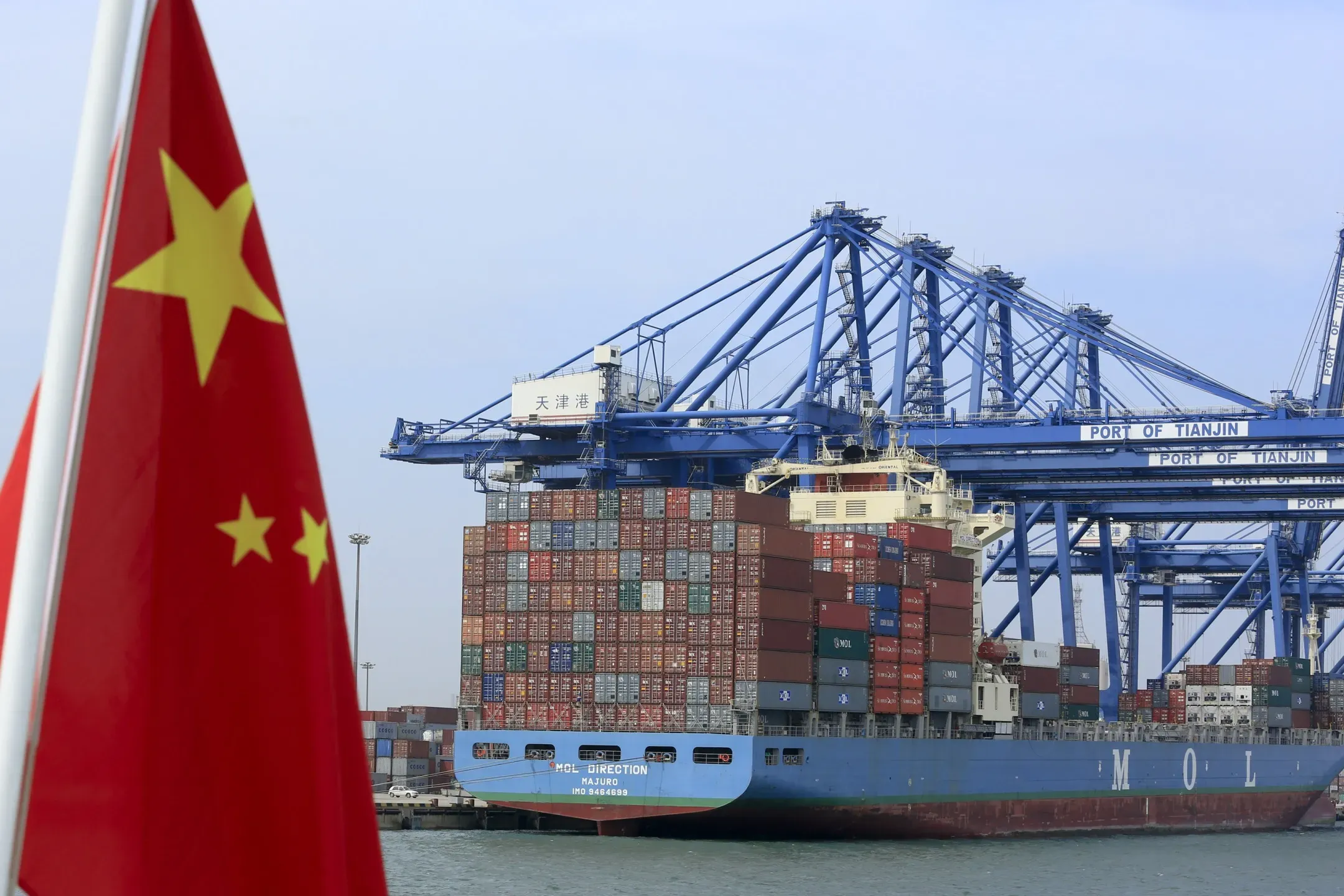Cross-Border E-Commerce and Digital Trade Platforms
China’s global trade strategy has increasingly emphasized digital channels, with cross-border e-commerce and digital trade platforms becoming central to international commerce. Leveraging technology, data analytics, and secure payment systems, Chinese enterprises are transforming traditional trade models, enabling faster, more transparent, and efficient transactions with overseas markets. These developments are particularly significant as global supply chains face increasing complexity, regulatory oversight, and consumer demand for speed and traceability.

Growth of Cross-Border E-Commerce
Cross-border e-commerce in China has expanded rapidly, fueled by a combination of domestic technological capabilities, international demand, and supportive policies. Platforms such as Alibaba’s Tmall Global, JD Worldwide, and Pinduoduo’s international initiatives connect domestic manufacturers with global consumers, facilitating direct sales across borders. These platforms offer multilingual interfaces, logistics solutions, and integrated digital payments, reducing friction and costs for both sellers and buyers. This expansion democratizes access to international markets, enabling small and medium-sized enterprises to participate in global trade.
Digital Platforms and Trade Efficiency
Digital trade platforms streamline international commerce by integrating key functions, including product listing, transaction management, customs compliance, logistics tracking, and dispute resolution. These platforms leverage AI and data analytics to optimize product recommendations, forecast demand, and identify potential supply chain disruptions. Blockchain technology is increasingly used to ensure traceability, prevent fraud, and authenticate product origin, enhancing trust for consumers and regulatory authorities. By centralizing these functions, digital trade platforms reduce administrative overhead, improve transparency, and accelerate cross-border transactions.
Payment Systems and Financial Integration
Integrated digital payment systems are crucial for cross-border e-commerce success. Platforms support multiple currencies, digital wallets, and secure transaction protocols, enabling seamless payments for consumers and enterprises. The advent of the Digital Yuan introduces state-backed digital currency options for international trade, offering secure, transparent, and programmable payment solutions. Combined with mobile payment apps like Alipay and WeChat Pay, these systems simplify financial operations, reduce transaction costs, and enhance financial inclusion for small enterprises engaging in global trade.
Logistics and Supply Chain Innovation
Efficient logistics and supply chain management underpin cross-border e-commerce growth. Chinese enterprises utilize automated warehouses, smart inventory systems, and AI-driven route optimization to ensure timely delivery and minimize costs. Integration with logistics partners in target markets enhances customs clearance, freight tracking, and last-mile delivery. IoT sensors, GPS tracking, and predictive analytics provide real-time visibility into goods movement, enabling proactive responses to disruptions and improving customer satisfaction. These innovations ensure that Chinese exporters can maintain competitive delivery times and service quality.
Government Support and Regulatory Frameworks
The Chinese government actively supports cross-border digital trade through policies, trade agreements, and digital infrastructure investments. Pilot free trade zones and e-commerce regulations simplify customs procedures, reduce tariffs, and facilitate export compliance. Additionally, initiatives like the Cross-Border E-Commerce Pilot Zones provide streamlined platforms for SMEs, offering technical support, training, and access to digital trade networks. Regulatory oversight ensures adherence to quality standards, intellectual property protection, and consumer rights, balancing trade efficiency with compliance and accountability.
Impact on SMEs and Global Trade
Cross-border e-commerce has empowered Chinese SMEs by lowering barriers to entry for international markets. Small manufacturers can now reach global consumers without relying on intermediaries, creating new revenue streams and market diversification. Digital platforms provide analytics and insights that enable SMEs to tailor products to consumer preferences, optimize pricing strategies, and improve marketing effectiveness. Globally, these platforms facilitate trade efficiency, expand product availability, and enhance competition, benefiting consumers and fostering innovation in supply chain management.
Challenges and Risk Mitigation
Despite its benefits, cross-border e-commerce faces challenges, including regulatory differences, logistics complexity, intellectual property protection, and cybersecurity risks. Enterprises must navigate customs regulations, taxation policies, and product standards in target markets. Blockchain and AI-driven solutions help mitigate risks by enhancing traceability, ensuring data integrity, and enabling secure contract execution. Enterprises also invest in compliance teams, cybersecurity infrastructure, and cross-border partnerships to manage operational, legal, and technological risks effectively.
Future Prospects and Technological Integration
Looking ahead, the integration of AI, blockchain, IoT, and big data analytics will further enhance cross-border e-commerce platforms. AI-driven personalization, predictive logistics, and automated customs documentation will streamline operations and improve user experience. Blockchain-enabled digital contracts and payment verification will ensure trust and transparency. Moreover, the adoption of state-backed digital currencies, such as the Digital Yuan, may facilitate more secure and efficient international trade settlements. These innovations will enable Chinese enterprises to scale operations globally while maintaining compliance and operational resilience.
Conclusion: Redefining Global Trade with Digital Platforms
China’s cross-border e-commerce and digital trade platforms exemplify how technology transforms international commerce. By integrating logistics, payment systems, blockchain, and AI, Chinese enterprises can operate efficiently, securely, and transparently in global markets. Government support, regulatory frameworks, and digital infrastructure investments further enhance these capabilities, enabling SMEs and large corporations alike to participate in global trade. As these platforms evolve, they will continue to redefine how goods move across borders, setting new standards for efficiency, transparency, and technological integration in international commerce.





